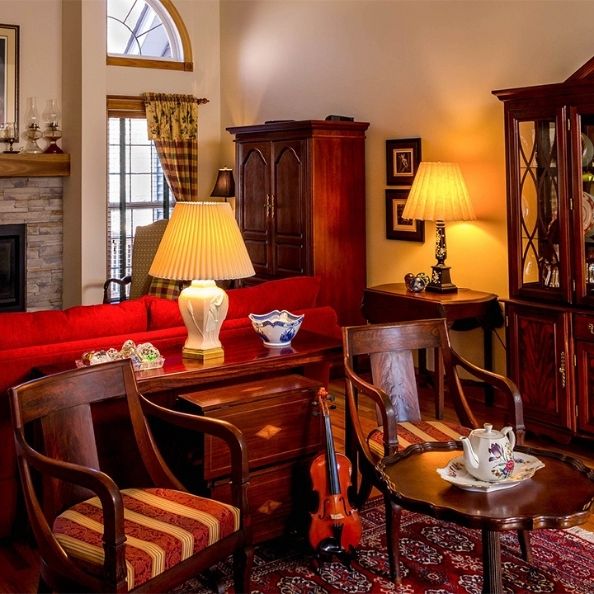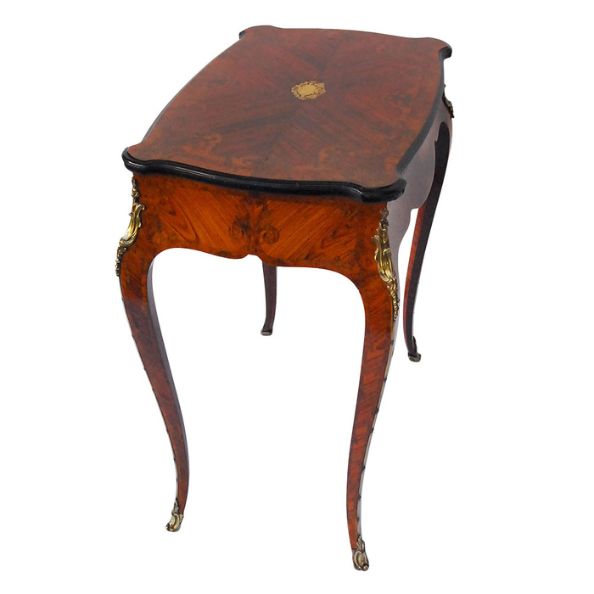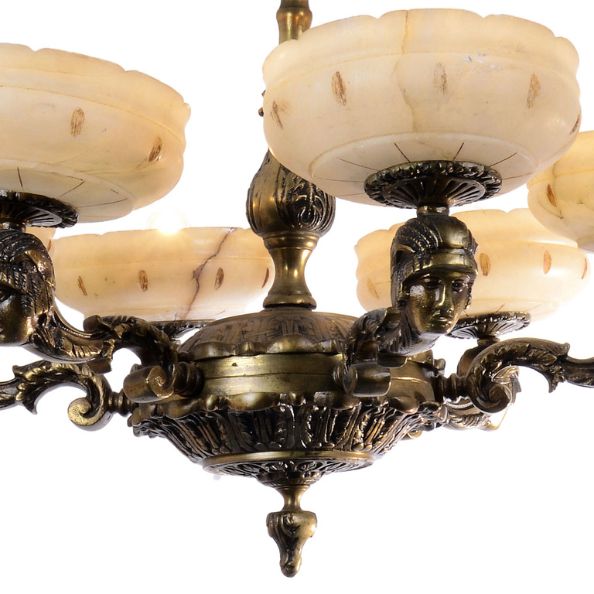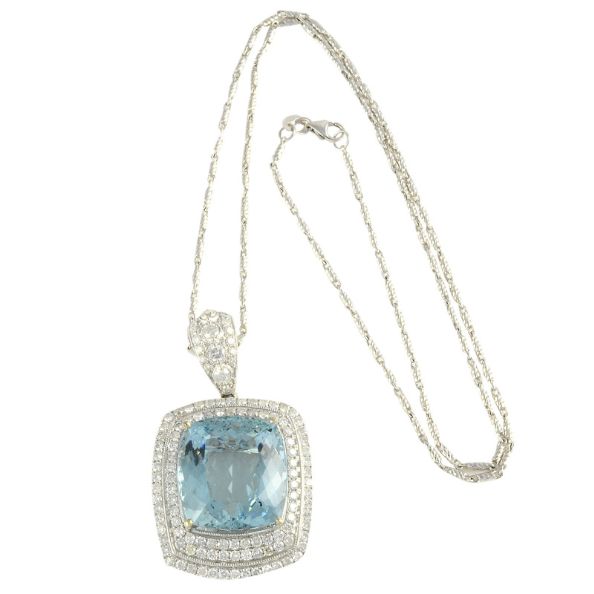The Difference Between Antique & Vintage Items


Linguist Noam Chomsky once remarked that “language is a process of free creation.” The English language is no exception, as displayed through its fascinating eccentrics and complex intricacies. You’ll find a slew of terms out there that are relatable on paper yet not entirely interchangeable in context.
This situation relates directly to adjectives used to describe old collectibles and resale items: “antique” and “vintage.” Yes, these terms may be synonyms in the modern thesaurus. But in regard to merchandise of the past, these labels have key distinctions. Let’s take a closer look at the difference between antique and vintage items. Here’s what to keep in mind as a present-day collector.
“Antique”: A Prevalent Characterization
Let’s cut right to the chase: the main difference between antique and vintage items has to do with age. Age is more than just a mere number for collectible items. Respectable dealers know that the age of an item is more than its date of origin—the number tells a distinctive story about society at a given time. This is why dealers and collectors use a more historical classification system and not just guesswork jargon.
Any item labeled as an antique—such as a furniture piece, a piece of artwork, or a decorative object—comes with this definition: datable to 100 or more years of age. Essentially, the requirement for any item to be referred to as an authentic antique is an origin that’s at least a century old.
“Vintage”: A Divergently Derived Category
Many people may assume that anything that’s not antique is vintage. However, this speculation is not invariably the case. You’ll find a wide array of vintage-labeled items on the market with an origin preceding the millennium—or at least 20 years old. However, the term “vintage” authentically applies to collectible items dated 50 to 99 years old. “Estate” is the accurate label for items fewer than 50 years old. Generally, vintage objects are clothing, accessories, jewelry, furniture, housewares, or nostalgic media from the 1930s to 1970s. This definition is a bit trickier to outline, but keep in mind that vintage items speak distinctively to the qualities and cultural trends of their production era.
The Modern Market: Why Collectors Should Care
All things considered, not everything for sale in today’s marketplace has a certifiable date of origin. Nevertheless, knowledge of the genuine meaning of these terms is wise to have in your back pocket. Remember, the age of a piece doesn’t necessarily correlate to a higher subjective value. When you’re shopping around, keep an eye on a piece’s origin, history, maker, authenticity, and condition.
Solvang Antiques is a leading storefront and online antique shop for some of the finest antiques and vintage items around. With jewelry, watches, art, furnishings, and so much more, you’ll be sure to find a one-of-a-kind treasure to bring home or gift this season. Browse by special offers, new arrivals, or categories today.



